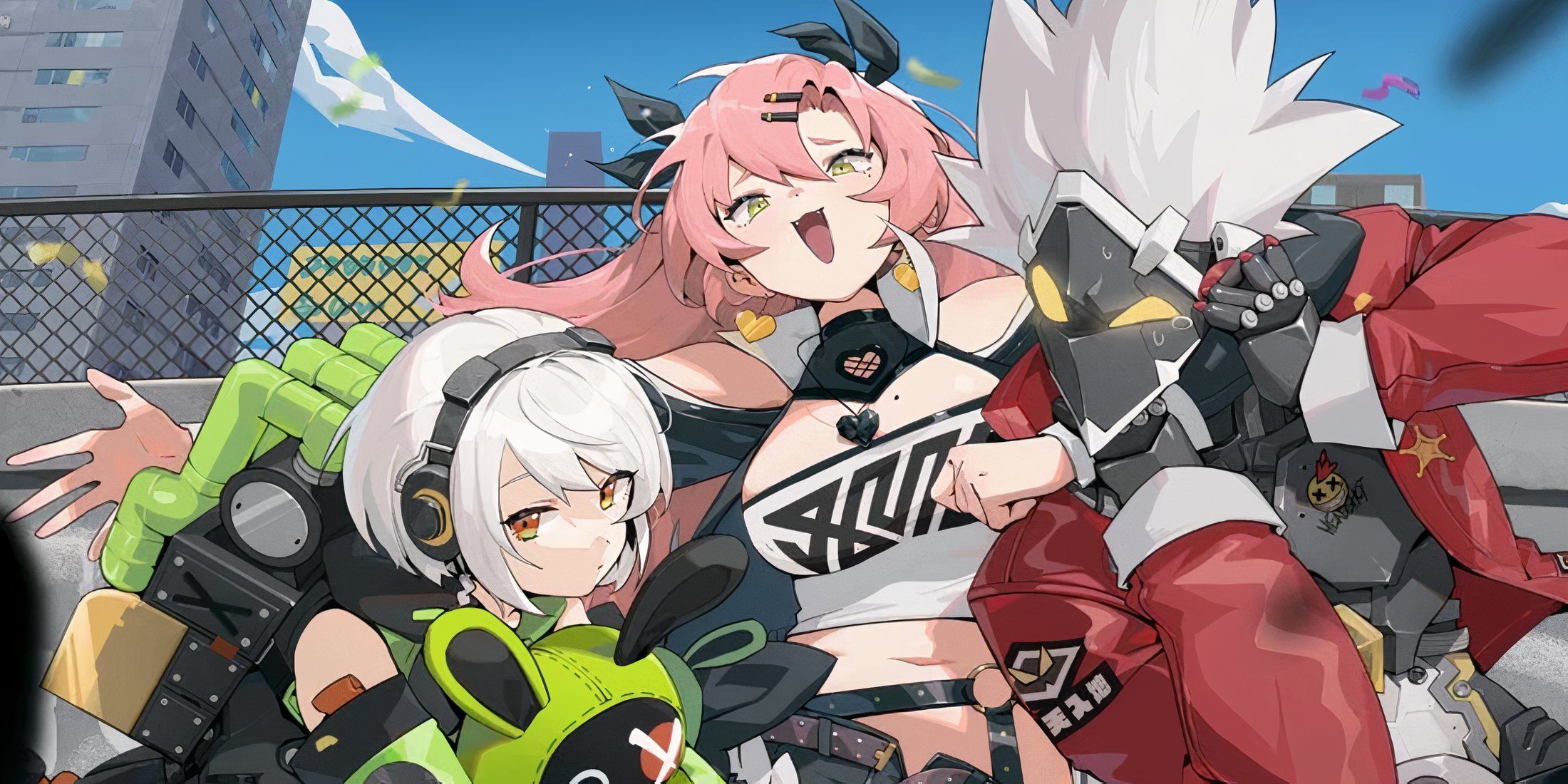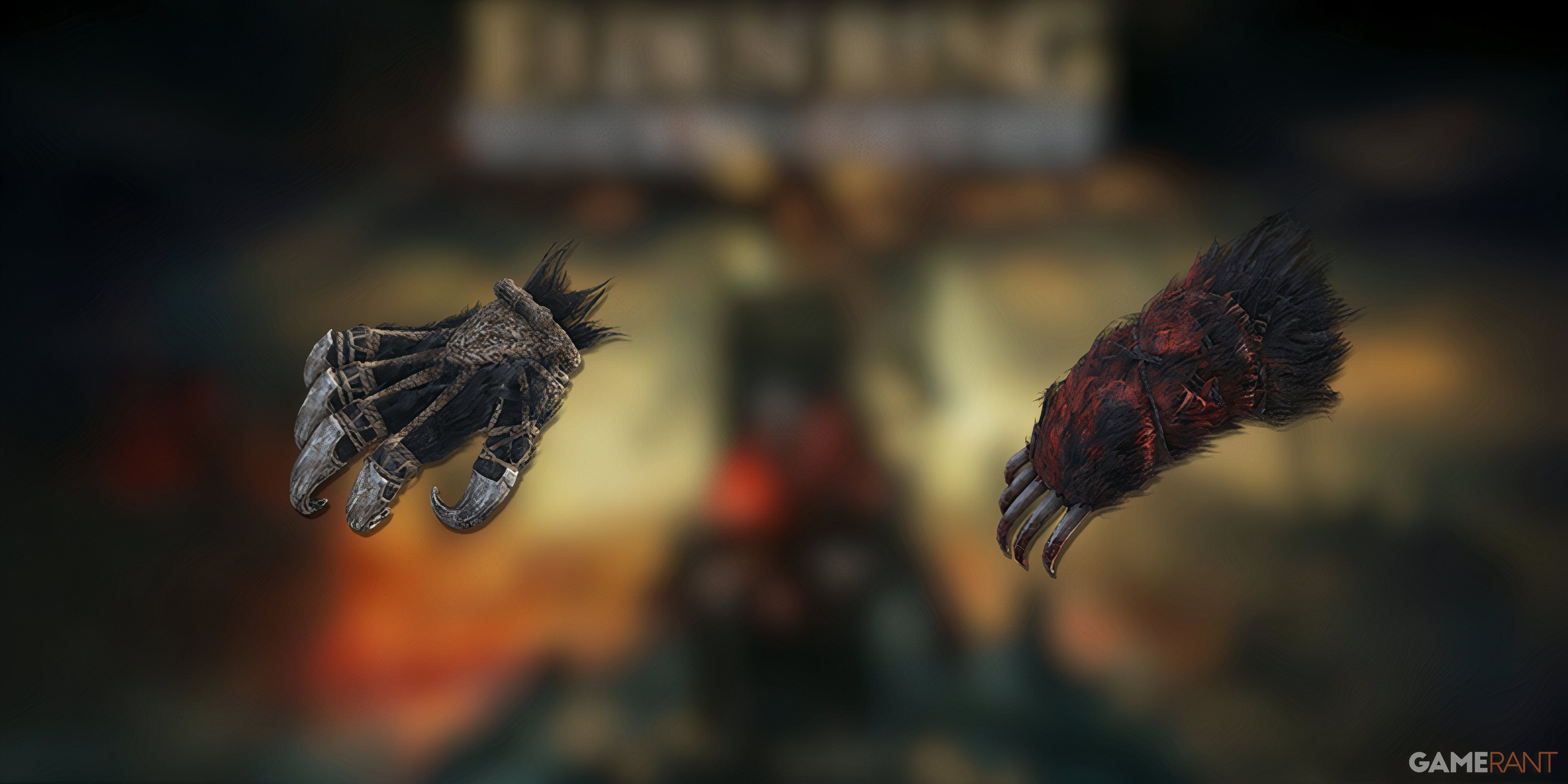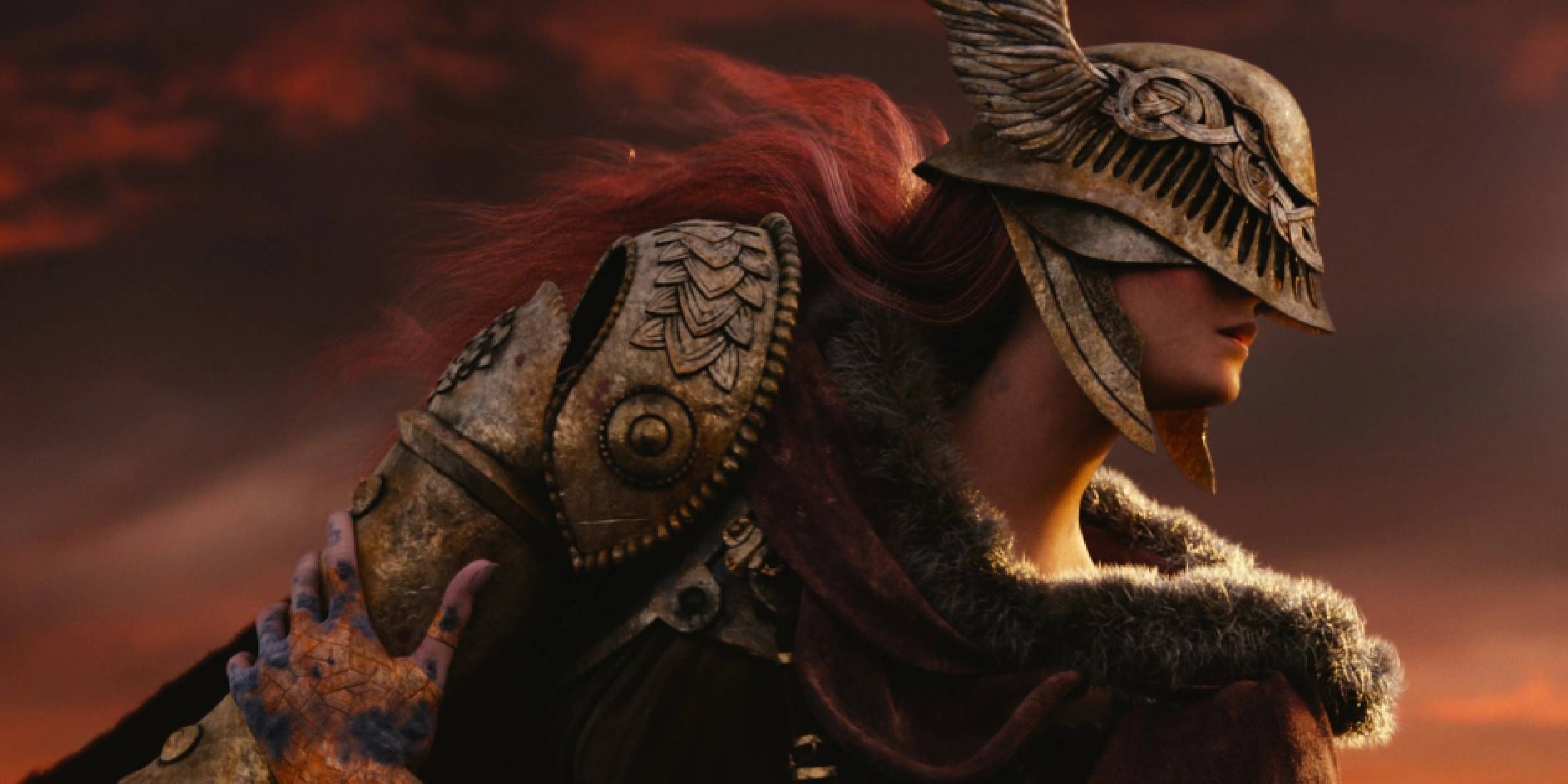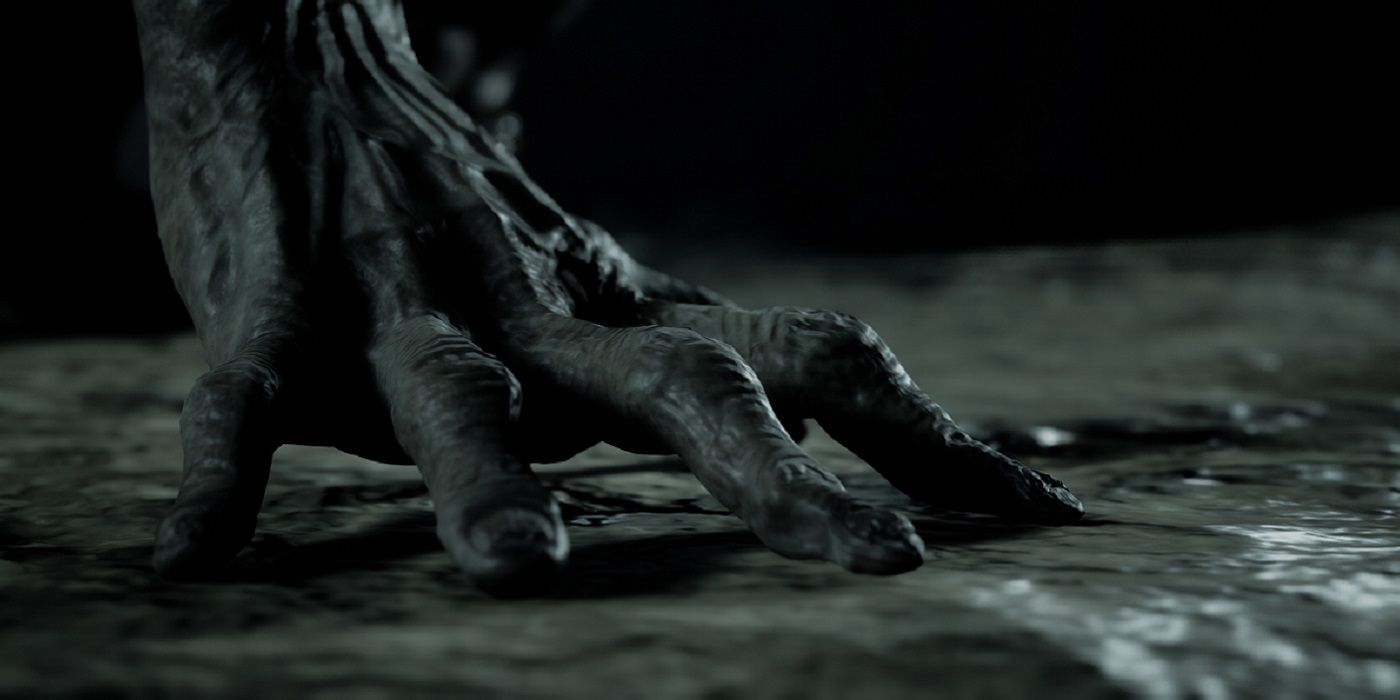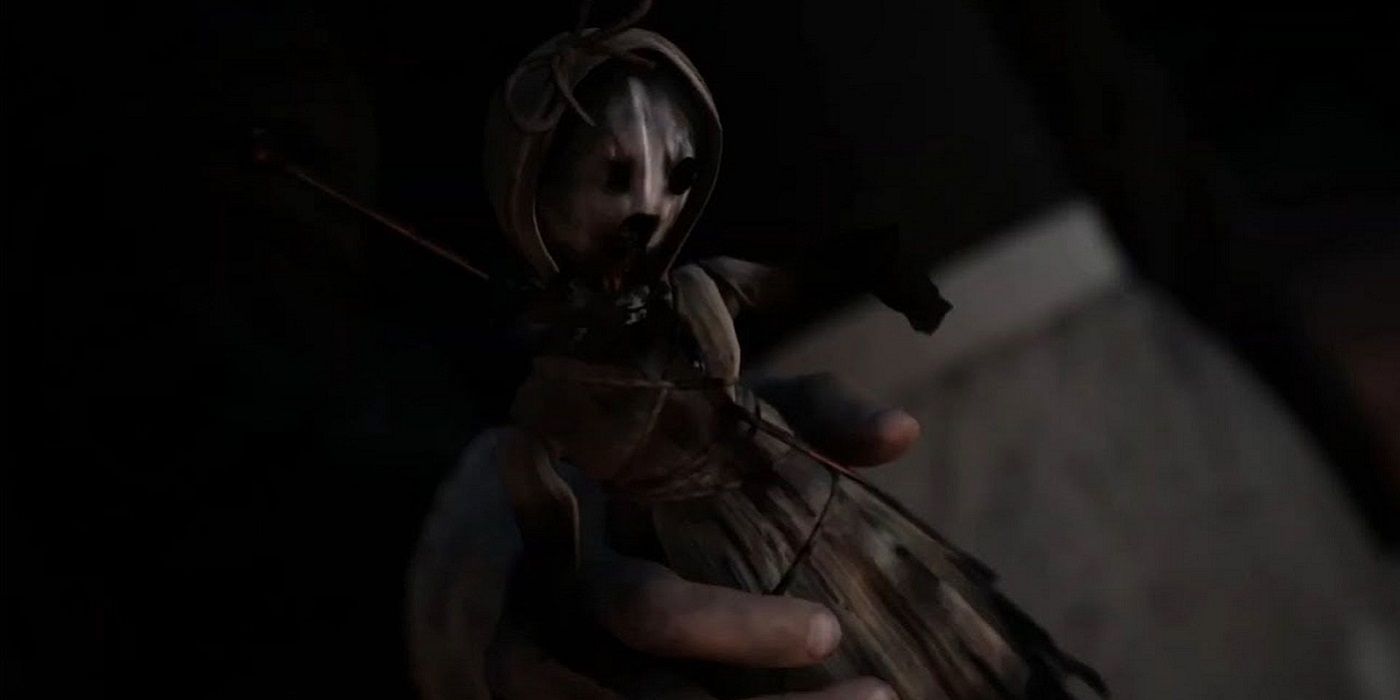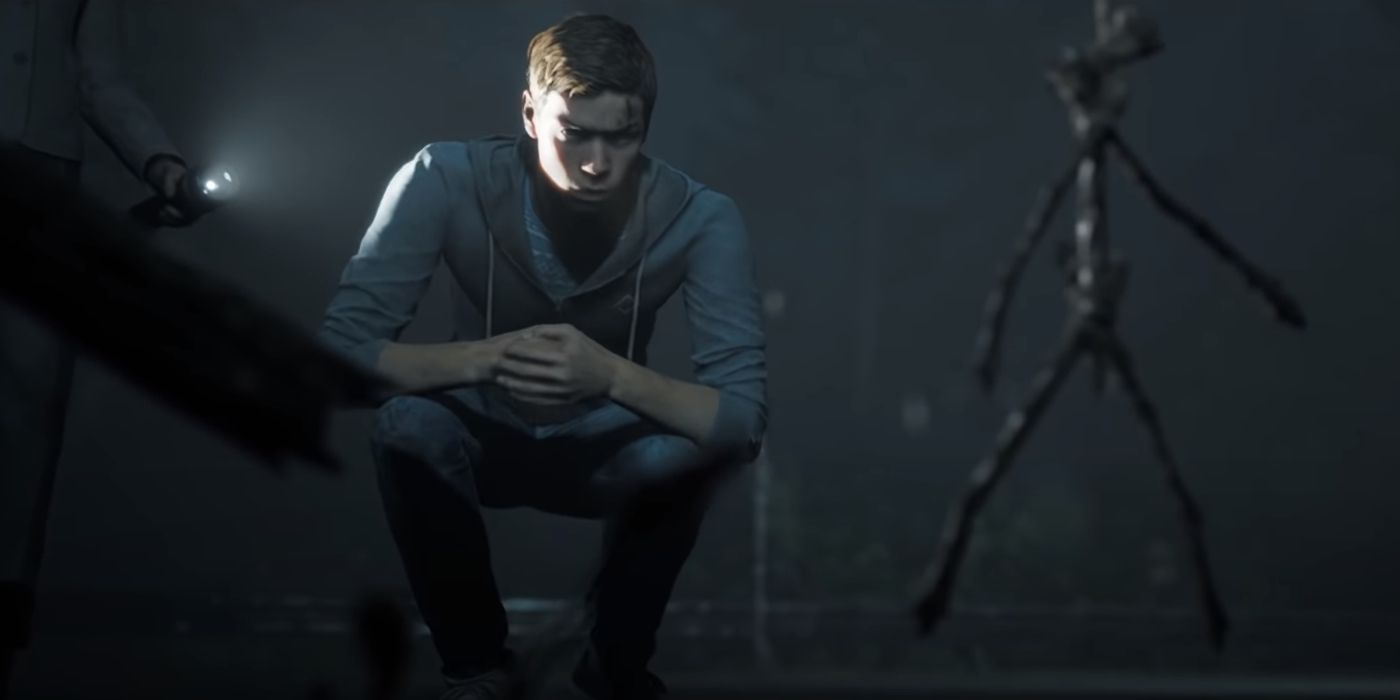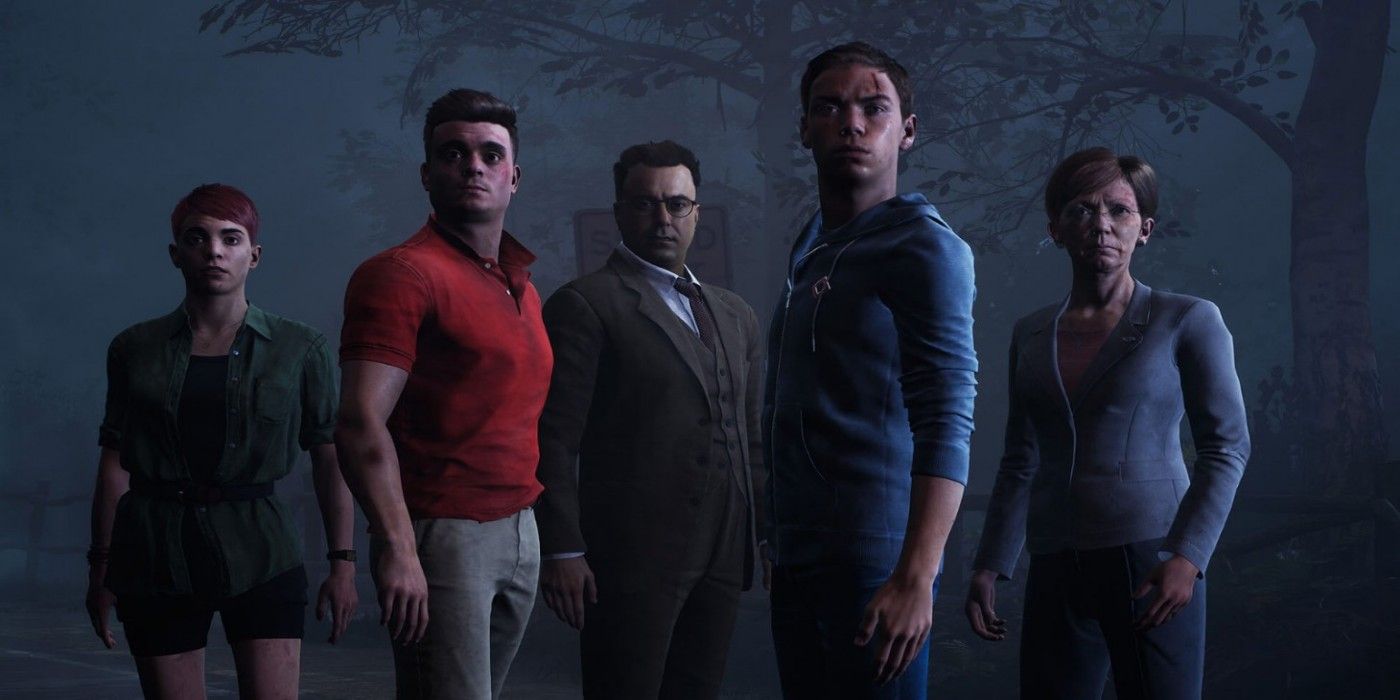Supermassive Games found a great deal of success with Until Dawn, and it is now applying that formula to its very own horror anthology series. The latest entry in The Dark Pictures horror anthology series is The Dark Pictures: Little Hope, which sees a group of unlucky individuals exploring a Silent Hill-like, fog-covered town. But like with most Supermassive titles, everything isn't what it seems.
The Dark Pictures: Little Hope has one of the more confusing narratives that Supermassive has produced so far, and so players may have a more difficult time following along than they did with The Dark Pictures: Man of Medan. Even those that have finished playing through the game may be wondering what exactly happened in the story and to the characters.
Here is what happened at the end of The Dark Pictures: Little Hope. Please note that this article will have MAJOR SPOILERS for the game, so proceed with caution.
Three Time Periods
Before one can dive into Dark Pictures: Little Hope's ending, it's important to understand how the story is structured. Throughout The Dark Pictures: Little Hope, players explore three separate time periods, all of which have people that look exactly like the main cast with similar names. The earliest time period is set during Little Hope's witch trials, where each of the game's main characters are accused of witchcraft or conspiring with the devil. The little girl Mary is often at the center of each conviction and execution, with her accusations causing each character to be killed in a brutal way.
In the present-day timeline, a college student named Andrew wakes up after a bus crash and is trying to get through the seemingly haunted town of Little Hope with his fellow passengers. These people all correspond with people from the past timeline, though their personalities are markedly different and they have slightly different names. Demons stalk the group, with each demon seemingly based on the way the people were killed in what is presented to be their past lives.
And finally, there is the 1972 time period, which players only really get to play through at the very beginning of the game. In this timeline, there are once again a cast of characters who are identical to the others in the game, but with slight alterations and different names. A tragic house fire occurs, and everyone dies in brutal, Final Destination-like ways that once again mirror the demons and the deaths from the witch trial era.
Andrew's True Identity
While all of this may sound confusing, there is an explanation at the end of The Dark Pictures: Little Hope that clears things up. While player choice will change exactly how the end of the game plays out, the gist of it is that players discover that the witch trial timeline doesn't really exist. The 1972 house fire was real, and all of the people involved actually died, except for the character Anthony, the true identity for the character Andrew.
Anthony eventually grew up and became a bus driver, but he was forced to take a detour through the creepy town of Little Hope. This combined with a head injury sustained in the bus crash (mirroring a head injury he received at the time of the house fire) seems to trigger a mental breakdown that causes Anthony to hallucinate his dead family as different people.
To sum things up in simpler, chronological terms: the 1972 house fired killed everyone but Anthony. In present-day, Anthony, now working as a bus driver, crashes his bus and has a mental health crisis where he hallucinates his dead family members and believes himself to be a college student named Andrew. During this crisis, Anthony also hallucinates time traveling, ghostly apparitions, and a variety of demonic entities that remind him of the grisly ways his family members died.
Why the Ending Works
Essentially, most of The Dark Pictures: Little Hope's story is comprised of Anthony's hallucinations. Little Hope's important choices are somewhat undermined by this revelation, as none of the characters really existed in the present-day timeline where they were being tormented by demons, and so no one was ever really at risk of being killed. However, The Dark Pictures: Little Hope's ending helps to explain away some of the game's storytelling shortcomings.
The Dark Pictures: Little Hope reviews have been mixed, with common complaints criticizing the dialogue and the way the characters act. However, the way the characters act makes a lot more sense when one realizes that they aren't even real people, but rather figments of Anthony's imagination, caricatures of his dead family members.
Whether or not one finds this to be a satisfying explanation is up to the individual, but it will be interesting to see how Supermassive Games applies the feedback it's getting from Little Hope to the next game in the series, The Dark Pictures: House of Ashes.
The Dark Pictures: Little Hope is out now for PC, PS4, and Xbox One.

